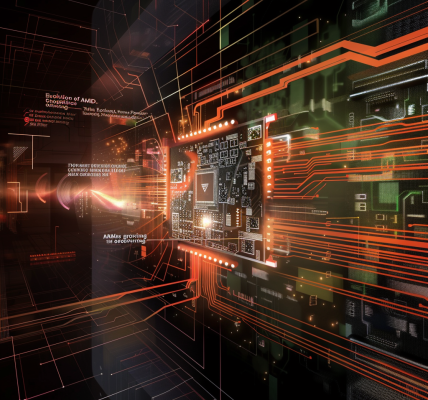In a bold move that has sparked considerable debate within the creative community, Adobe has taken a definitive stance on the integration of artificial intelligence (AI) in its software products. The company’s leadership has made it clear that artists who resist the adoption of generative AI tools will face significant challenges in achieving success in the evolving digital landscape.
As the artificial intelligence revolution gained momentum in 2022, Adobe found itself navigating a complex relationship with its user base, primarily composed of digital artists. Many of these creators have expressed skepticism and resistance toward the incorporation of AI technologies in their workflows. However, Adobe’s recent statements indicate a shift in strategy, with the company seemingly prioritizing the advancement of AI capabilities over the concerns of its traditional artist community.
In an interview with The Verge, Alexandru Costin, Adobe’s Vice President of Generative AI, asserted that artists who fail to embrace generative AI will struggle to thrive in the current creative environment. He emphasized that future Adobe tools will be inherently linked to AI technology, suggesting that users of popular applications such as Photoshop, After Effects, and Substance 3D will inevitably encounter AI-driven features.
Costin remarked, “We have older versions of our products that don’t use generative AI, but I wouldn’t recommend using them. Our goal is to make our customers successful, and we think that in order for them to be successful, they need to embrace the tech.” This statement underscores Adobe’s commitment to integrating AI into its product offerings, regardless of the mixed reactions from its user community.
David Wadhwani, the President of Digital Media at Adobe, echoed Costin’s sentiments, reinforcing the company’s belief that its AI-centric approach is the path to success both in the short and long term. While acknowledging the rise of AI-generated content, Wadhwani also highlighted the enduring value of traditional artistry, stating that works created by human hands will always hold a special place in the creative world.
Wadhwani expressed, “I think there will be a thirst for artists who do things by hand. In the last decade, I can take a picture and run it through a process that makes it look like a painting, but I’m not going to value that ‘painting’ the same way I would an artist who actually took the time to make a real painting.” His comments reflect a recognition of the unique qualities that human creativity brings to the artistic process, even amidst the rising tide of AI-generated content.
Despite the acknowledgment of the value of traditional artistry, Adobe’s push for generative AI appears to be motivated by a desire for profitability and market leadership. Wadhwani’s remarks suggest that the company views the integration of AI technologies as essential to maintaining its competitive edge in the rapidly evolving digital media landscape. The Firefly-powered generative AI features introduced in Adobe’s software are indicative of this strategic direction, as the company seeks to capitalize on the growing demand for AI-enhanced creative tools.
As Adobe continues to evolve its product offerings, the response from the artistic community remains to be seen. While some creators may embrace the integration of AI as a tool to enhance their work, others may resist the shift, concerned about the implications for the future of artistry and creativity. The ongoing dialogue surrounding the role of AI in creative industries will undoubtedly shape the trajectory of both Adobe and the broader artistic community in the years to come.
In an era where technology and creativity intersect, Adobe’s stance serves as a reminder of the challenges and opportunities that lie ahead for artists navigating the complexities of a digital landscape increasingly influenced by artificial intelligence. As the conversation around AI in art continues to unfold, it will be crucial for both creators and technology companies to find a balance that respects the value of human creativity while embracing the innovations that AI can offer.





